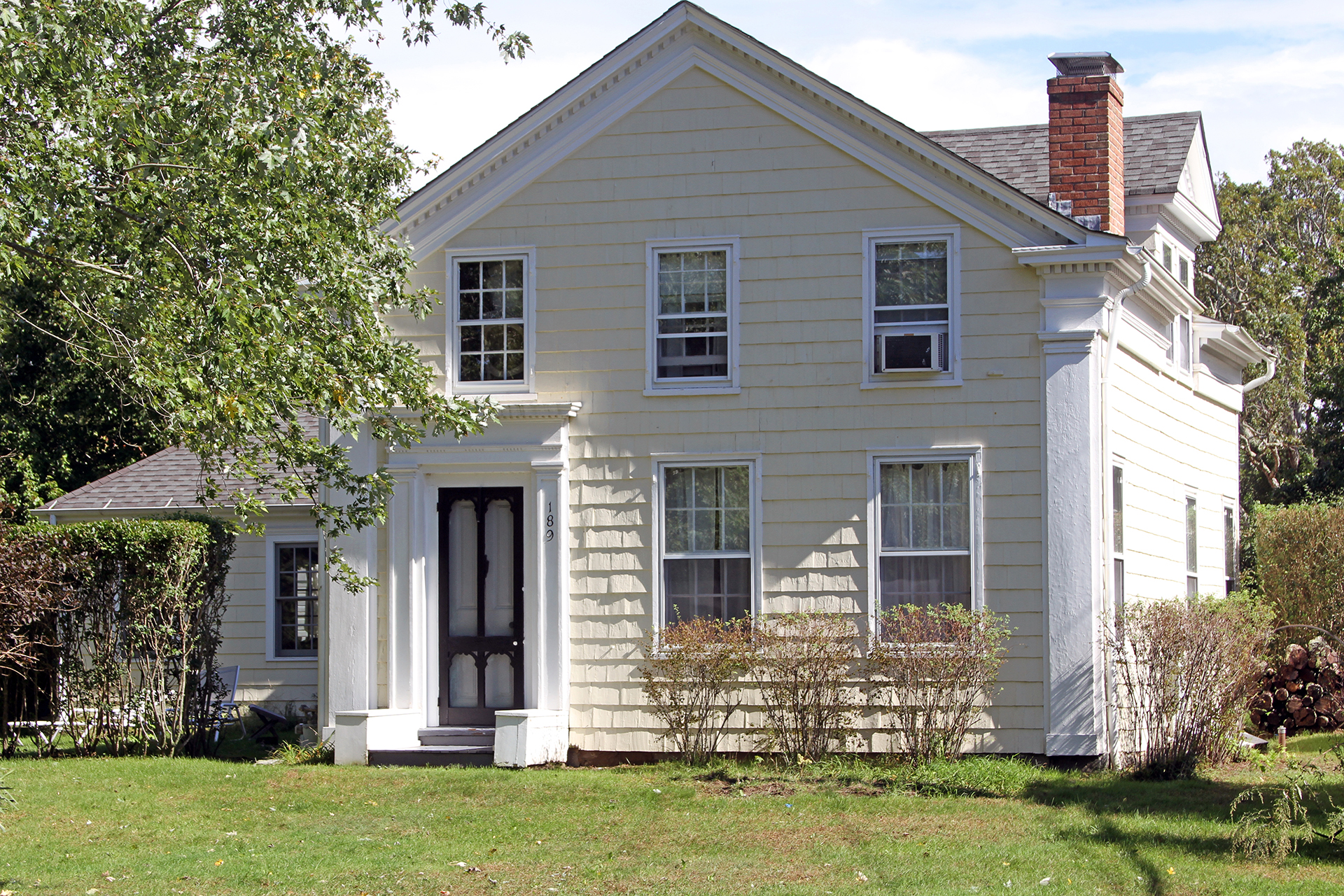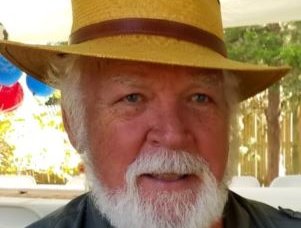Bridgehampton Home Now A Landmark

The Alanson Topping-Arthur H. Newman residence on Lumber Lane in Bridgehampton will forever be marked for its historic significance.
Area chairman for the Landmarks & Historic Districts Board, Edward Wesnofske, said the house, brought forth in an application by the grandchildren of the Newman family that currently own it, is import to the history of the hamlet and the surrounding town. Because of its detailed and lengthy history, both with politician Alanson Topping and architect Arthur Newman, Southampton Town Board members unanimously voted to designate the property a historic landmark October 9.
“Their presence in Bridgehampton is quite powerful,” Wesnofske said of the home’s most prominent owners. “Their place in the history of the community is also very significant.”
The committee chairman said the property met four of the six criteria in the town code designating a landmark: It is special aesthetic interest to the cultural, political, economic, and social history of its locality; it is identified with historical people of the town; it embodies distinguishing characteristics of an architectural type; and because of its unique location, it is a familiar place for many who travel through the Bridgehampton community.
Its architectural design reflects a Greek revival style in an American farmhouse variation, according to Wesnofske, distinguished by its triangular pediment, or roof shape. It also has dental ornamentation, or trim, along the pediment, much in character of old Greek temples.
Topping built the home for his sister when she married in 1854. The captain was a member of what was known to be a political quartet in Southampton.
“It was very powerful in town, county, and state politics,” Wesnofske said. “Some members of the group even served as presidential electors in the middle of the 19th century.”
Judge Henry Hedges, who was a Suffolk County judge and assemblyman, was another member of the group.
When Topping’s sister moved, the house was sold to the Jacob Strong family, which owned it through 1939. It exchanged hands between farmers before being purchased by Arthur Hempstead Newman, an architect born in Bridgehampton in 1884 who trained at Union College as an engineer. Newman went off to France to serve in World War I, studied architecture at Yale University, and worked for the U.S. government in the Dominican Republic until the mid-1930s before resettling in Bridgehampton. His father was a
41-year pastor at the prominent
Bridgehampton Presbyterian Church.
“In effect he was the mayor of the town,” Wesnofske said of Newman, “He and the elders were the basic deciders and operators of the community. They were also instrumental in putting together the fountain monument on Montauk Highway.”
Newman, according to the committee chairman, is responsible for many of the architectural elements in Southampton Town and across Suffolk County. He designed the Presbyterian Church on the Shinnecock Reservation that was built in 1939 after the original was destroyed during the famed hurricane of 1938; redesigned the First Presbyterian Church on Main Street in East Hampton and the American Legion hall in Sag Harbor; added wings to the East Hampton Library; and designed the East Hampton firehouse.
Newman, who died in 1983, has a street on the east side of Corwith Avenue named after him. Newman actually married into the Corwith family.
“Their history was documented very thoroughly, and we’re impressed,” Southampton Town Supervisor Jay Schneiderman said of Topping and Newman. “It’s great.”
Bridgehampton Citizens Advisory Committee Chairwoman Pamela Harwood said she took an informal poll of the CAC members and found they were in support of the landmark designation.
“Anything we can do to preserve a property of historic value and in connection to a family of historic significance, we wish to do so,” she said.
desiree@indyeastend.com



